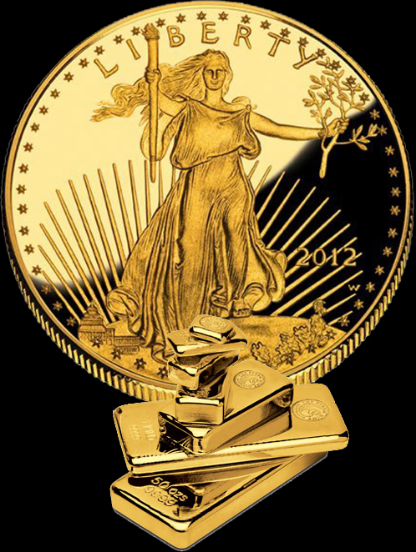Call us for your Free Physical Brochures

Call us for
your Free Physical Brochures:
877-588-8886


When We Think about Our Golden Retirement
Many of us are unable to truly enjoy them! Why you ask? Because the main reason for this is that we are always thinking in the back of our mind about our “nest egg” and retirement accounts!
We aren’t supposed to be worrying about the US National Debt ceiling, the stock market or anything else that could possibly derail our Your Golden Retirement! During these years, our investments are to be stable and not speculative! We had our entire life, 47 years to speculate with our earnings (18-65 yrs old) and now that we’re in our Your Golden Retirement, the smart investment is a secure investment, something stable, something solid, and definitely something you can “touch” and that’s what Precious Metals IRA does for you.

IRA – Individual Retirement Accounts
An Individual Retirement Account (IRA), is an essential part of your retirement plan which allows you to contribute a portion of your income up to certain set amounts set forth by the IRS. For the year 2020, the combined annual contribution limit for Roth and traditional IRAs is $6,000 ($7,000 if you're age 50 or older), these amounts are unchanged from 2019.
Under a traditional IRA, these contributions are tax deductible. However, all contributions (whether initially tax deductible or not) can reap returns on a tax-deferred basis until retirement and withdrawal.
When you begin to withdraw at age 59 1/2, withdrawals from the IRA will be taxable. The great benefit of delaying this tax payment is belonging to a lower tax bracket in retirement. Once you reach age 70 ½, withdrawals of an IRA are mandatory. If your IRA contains different assets in it, you can choose which amount of what assets you wish you remove and when. Furthermore, an IRA is created solely for a single individual person. It is not associated with one’s employer or workplace.
IRAs can contain a wide variety of asset types and may be invested in any asset type that the custodian institution, such as a bank or brokerage, allows. Stocks, bonds, mutual funds and ETFs are some of the more common components of an IRA. But with a self-directed IRA, you can hold more types of assets, including precious metals and real estate. Due to their subjective values, collectibles, including antiques and collectible coins, and cash-value life insurance are prohibited from an IRA.
Established by the Employee Retirement Income Security Act of 1974, about a third of Americans possess some type of IRA, according to the Investment Company Institute. IRAs accounted for the greatest share of retirement assets when compared to all other contribution plans including 401(k)’s. With the gradual decline of pensions and employer-provided plans, IRA’s have become the most popular investment tool of managing your retirement.
Qualified Retirement Plans
If you see your plan, you may qualify for an investment in physical gold & silver
Three Ways to Fund Your Precious Metals IRA
1. Direct Transfer
The individual account holder instructs that money be transferred directly from their current IRA trustee into a new IRA account. Money moves from one company (trustee) to another company (trustee) without the account holder having to take receipt of funds at any time. This type of transfer is 100% tax-free, IRS penalty-free and has no restrictions on the amount of transfers available.
2. Rollover
Money can be withdrawn from one retirement plan and contributed to another IRA within 60 days of the initial withdrawal. This transaction is 100% tax-free and penalty free. Money is sent from an old retirement plan directly to the individual account holder and they are responsible for contributing it to their new IRA within 60 days to avoid paying taxes. This is the most commonly used method for people with employer-sponsored retirement plans (401k, 403b, 457b). Generally, this can only be done one time per year, per account.
3. Contribution
The 2020 combined annual contribution limit for Roth and traditional IRAs is $6,000 ($7,000 if you're age 50 or older)—these amounts are unchanged from 2019.
This applies to Traditional & Roth IRA accounts only. Owners of SEP IRA’s can contribute either 25% of earned income or $57,000 per year, whichever is less. Exceptions apply.
